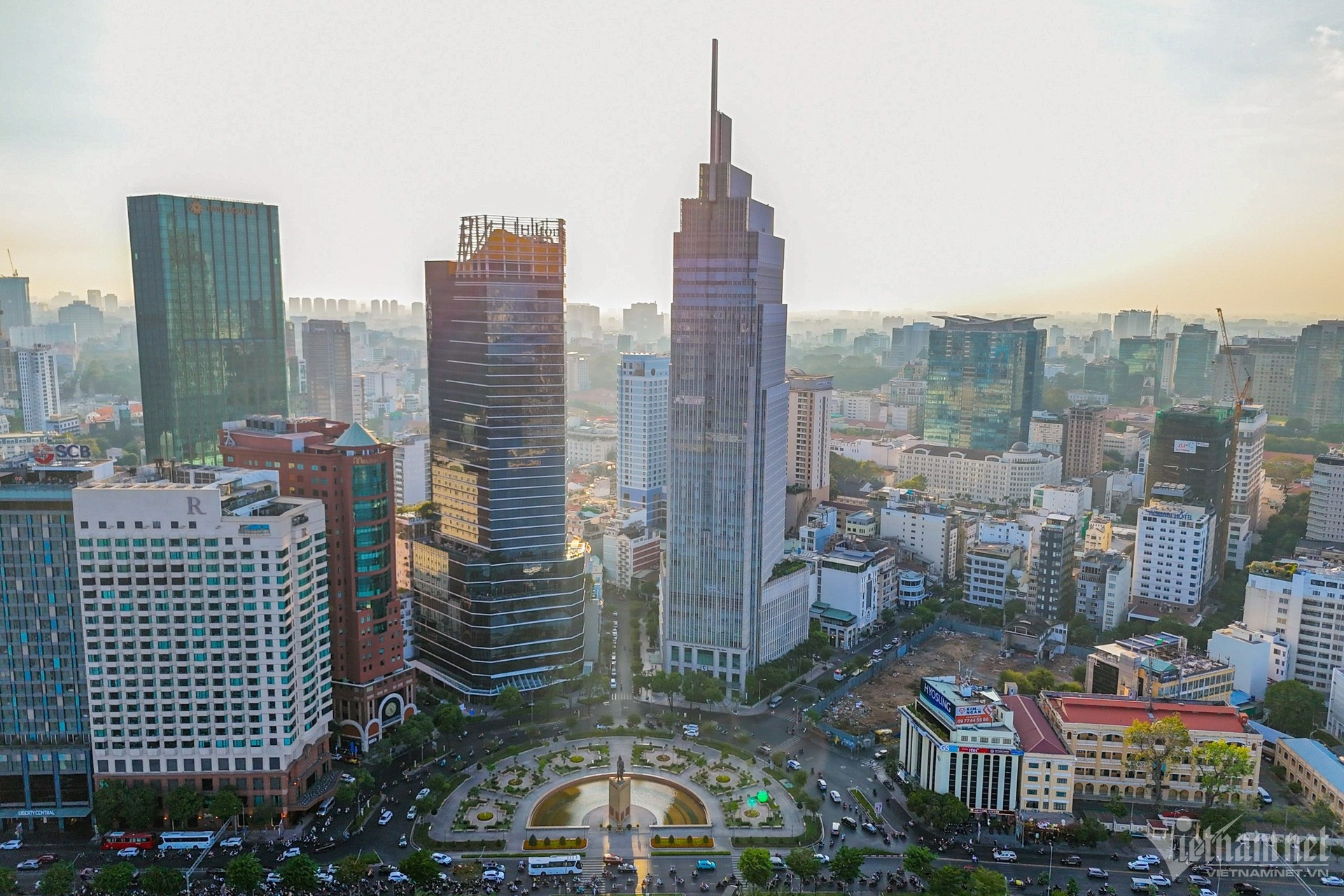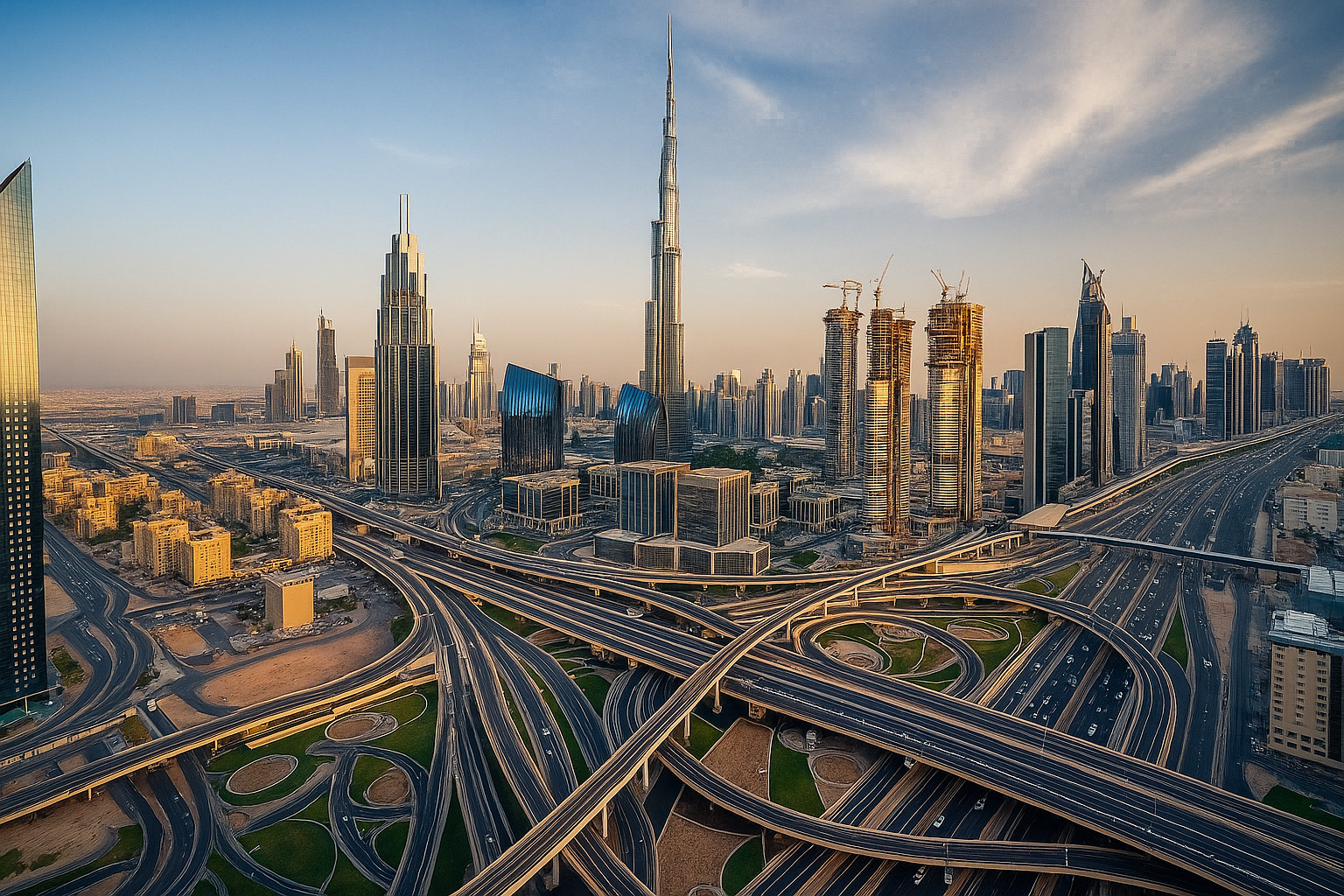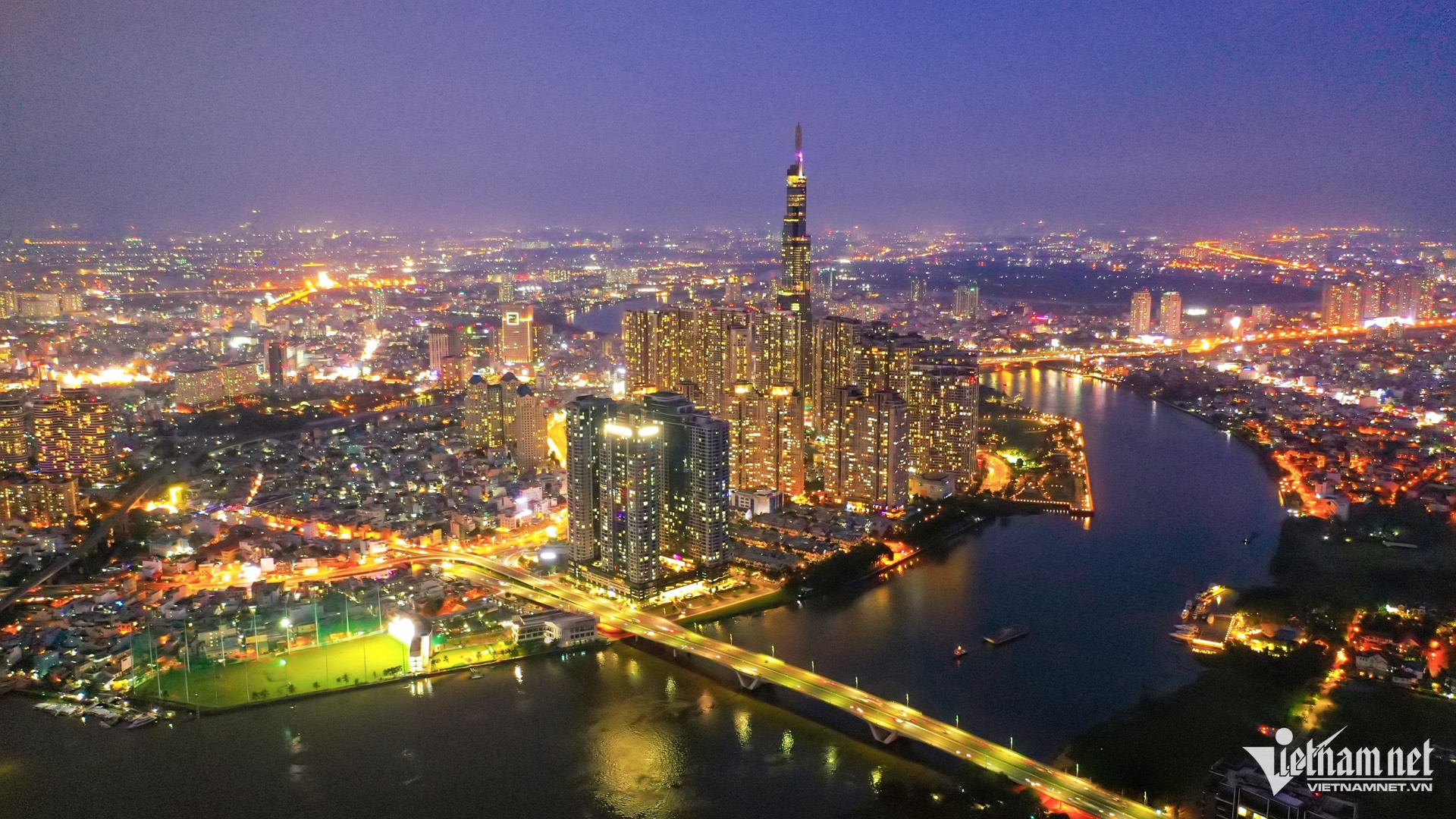Fifty years since national reunification, HCM City has transformed into the country’s most dynamic economic center. Innovation has penetrated every aspect of city life - from infrastructure and technology to how people live, work, and connect with the world.
Yet, rapid development has also brought major challenges: population pressure, infrastructure overload, climate change, and a widening urban-rural gap. As Vietnam embarks on transformative national policies, HCMC must also resolve its unique challenges through long-term, comprehensive, and realistic planning.
This special VietNamNet series presents strategic proposals from internationally experienced experts who, while working abroad, are deeply committed to HCMC’s future. Together, they envision a smart, livable, and globally distinctive city.
Dubai’s DIFC: A roadmap for Vietnam’s financial ambitions

Dr. Bui Man, Senior Geotechnical Engineer and Director of GTC Soil Analysis Services Laboratory in Dubai, is a Vietnamese expert with over 20 years of global experience. He previously lectured in civil engineering at Ho Chi Minh City University of Technology and worked with major UK-based infrastructure consultancies including Fugro, WS Atkins, and Amec Foster Wheeler.
In this article, Dr. Man outlines what HCM City can learn from Dubai’s journey in building a world-class financial center.
A concrete model for global finance
To realize the vision of becoming a financial hub, HCMC must first establish a clear model for an international financial center: one with a competitive structure, specialized legal framework, and operational autonomy that aligns with Vietnam’s conditions.
With professional management and firm commitment, such a center can help HCMC integrate into the global financial network and attract capital, talent, and innovation.
A leading example is the Dubai International Financial Centre (DIFC), established in 2004. Spanning 110 hectares near Burj Khalifa, DIFC serves as the financial gateway for the Middle East, Africa, and South Asia (MEASA).
Four pillars of DIFC’s success

Independent legal framework: DIFC operates under its own common-law system, based on English law, distinct from Dubai and the UAE. Legal documents are in English, with judges from the UK, Singapore, and Hong Kong. It features an independent civil and commercial court system - ensuring transparency, fairness, and global investor trust.
Investor-friendly environment: Foreign companies in DIFC enjoy 100% ownership, 50 years of corporate tax exemption, and no personal income tax. Capital and profits can be transferred freely without restriction. This open policy attracts global financial institutions seeking legal and tax certainty.
World-class infrastructure: DIFC offers international-grade offices and four large-scale data centers serving thousands of firms, ensuring secure and high-speed transactions worldwide.
Independent governance: DIFC is overseen by its own council and regulated by the Dubai Financial Services Authority (DFSA) - an autonomous body ensuring strict compliance with international financial standards.
DIFC functions like a “financial airport” - a sovereign platform within a nation-state where money, talent, and ideas circulate freely, securely, and efficiently. Today, it hosts over 6,920 global companies and employs more than 46,000 financial professionals.
Strategic dividends from DIFC
DIFC helped position Dubai among the world’s top 20 financial centers. It supports a self-contained financial ecosystem spanning banking, asset management, fintech, law, and insurance - reducing dependency on real estate, tourism, and oil.
Exporting high-end legal, auditing, and consulting services across the MEASA region has created sustainable “invisible exports.” Its FinTech Hive accelerator nurtures local and global talent, fostering innovation in financial technology and green finance.
DIFC isn’t just a workplace - it’s a high-end urban area with arts, cuisine, and lifestyle amenities, attracting global elites to live, work, and invest.
HCMC’s path forward: Building a flexible institutional zone

DIFC exemplifies an “international institutional oasis” that enables economic growth without altering national governance. Vietnam can adopt a similar approach to experiment with reforms and attract foreign capital within a safe, controlled framework.
Resolution 31 of the Politburo in 2022 set the goal of transforming HCMC into an international financial center by 2030, with a vision toward 2045. On November 15, 2024, the Politburo issued Conclusion 47, formally endorsing the establishment of a comprehensive international financial center in HCMC and a regional financial center in Da Nang.
Thu Thiem: Vietnam’s financial future
According to the government’s plan, the international financial center in HCMC will launch in 2025 and aims for completion within five years. It will occupy a 9.2-hectare site in Thu Thiem (Thu Duc City), part of a 930-hectare master-planned area east of the Saigon River.
At the 44th session of the National Assembly Standing Committee, the government proposed focusing the effort solely on HCMC rather than dividing resources between two cities. This revised approach will be presented to the Politburo on April 25, 2025.
If implemented effectively, HCMC’s financial center can become a global hub for capital and innovation - ushering Vietnam into a new era of high-value economic leadership.
Dr. Bui Man